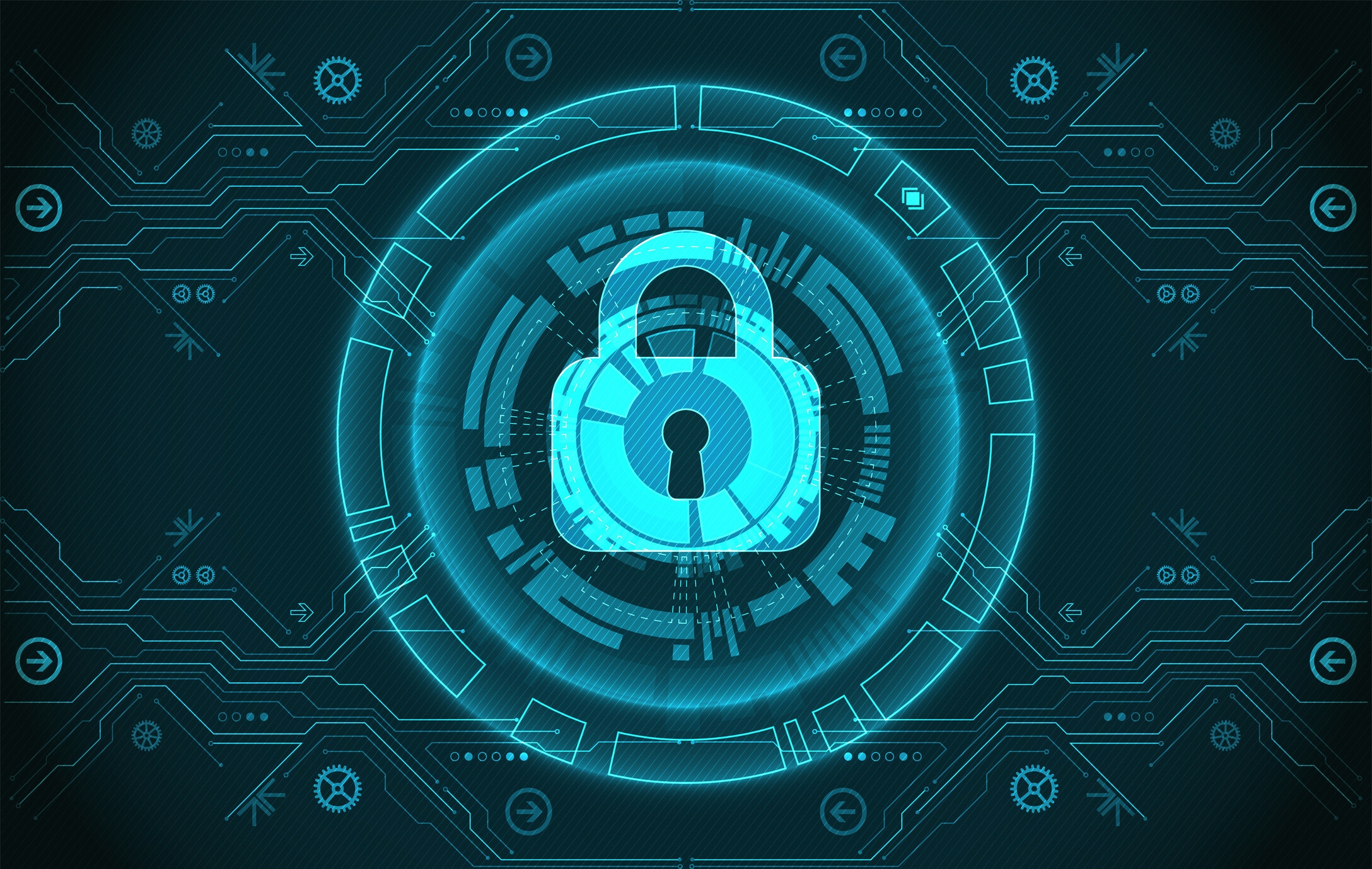Could this make building quantum computers much easier?
Image: A D-Wave 2X quantum computer is pictured during a media tour of the Quantum Artificial Intelligence Laboratory (QuAIL) at NASA Ames Research Center in Mountain View, California. REUTERS/Stephen Lam.
Stay up to date:
Innovation
One more piece to the puzzle
We love quantum computers. Previous articles have detailed the ways in which they represent the next great leap in computer technology, allowing the possibility of things like vastly improved machine learning, artificial intelligence, and a number of other things straight out of science fiction.
The problem has always been building them, but one major breakthrough just made getting there much easier.
But to begin, you need to understand a bit about how quantum computers work. Here is an amazing breakdown:
Accept our marketing cookies to access this content.
These cookies are currently disabled in your browser.
Now, research published in Science Advances details the creation of the first quantum Fredkin gate, a key component in making the quantum circuits that are required for quantum computers.
Researchers from Griffith University and the University of Queensland used linear optics to perform the first demonstration of the quantum Fredkin gate.
The Fredkin gate, or the controlled swap gate, is a three-qubit gate where, depending on the state of the control qubit, the quantum states of the two target qubits are swapped.The Fredkin gate typically requires a circuit of five logic operations to be implemented.
But the researchers used the quantum entanglement of particles of light to implement the controlled-SWAP operation directly.They exploited path-mode entanglement to add control to the SWAP operation.
Big bricks, big walls
In short, they were able to show how to build large quantum circuits directly, without having to use numerous small logic gates. This solves a huge problem since at present, even small and medium quantum circuits are hard to realize due to the need to sufficiently control enough quantum systems to chain together many gates into circuits.
“Similar to building a huge wall out of lots of small bricks, large quantum circuits require very many logic gates to function. However, if larger bricks are used, the same wall could be built with far fewer bricks.” explained Raj Patel, a research fellow in Griffith’s Center for Quantum Dynamics.
The research is detailed in the video below:
Accept our marketing cookies to access this content.
These cookies are currently disabled in your browser.
Don't miss any update on this topic
Create a free account and access your personalized content collection with our latest publications and analyses.
License and Republishing
World Economic Forum articles may be republished in accordance with the Creative Commons Attribution-NonCommercial-NoDerivatives 4.0 International Public License, and in accordance with our Terms of Use.
The views expressed in this article are those of the author alone and not the World Economic Forum.
Forum Stories newsletter
Bringing you weekly curated insights and analysis on the global issues that matter.
More on Fourth Industrial RevolutionSee all
Jon Jacobson
August 14, 2025
Ruti Ben-Shlomi
August 11, 2025
David Timis
August 8, 2025



